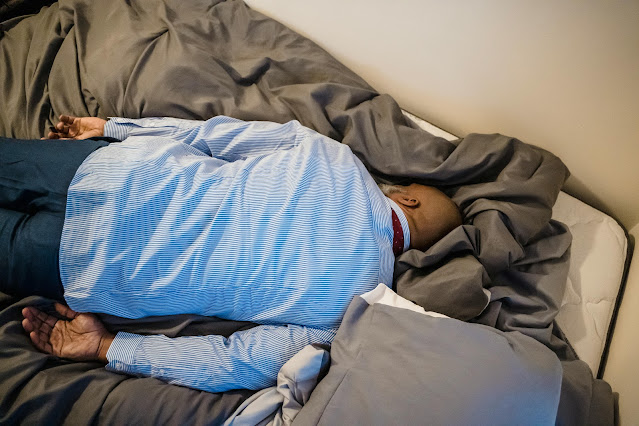Sleep: The Eight Sleep Technique for Better Sleep Hygiene
In today’s fast-paced world, a good night’s sleep often feels like a luxury. With busy schedules, work pressures, and endless digital distractions, many Americans grapple with sleep deprivation. Fortunately, the Eight Sleep technique offers a structured approach to improving your sleep quality. Let’s explore what this technique entails and how you can incorporate it into your nightly routine.
Understanding the Eight Sleep Technique
The Eight Sleep technique doesn't refer specifically to getting eight hours of sleep, but rather to the essential principles that contribute to achieving restorative sleep. Here are the key components:
-
Create a Sleep-Inducing Environment: Your bedroom should be a sanctuary for sleep. Keep it dark, cool, and quiet to minimize disruptions. Consider blackout curtains, white noise machines, or fans to optimize your space.
-
Set a Consistent Sleep Schedule: Your body thrives on routine. Aim to go to bed and wake up at the same time every day, even on weekends. This consistency helps regulate your internal clock and improves overall sleep quality.
-
Limit Screen Time Before Bed: The blue light emitted by phones, tablets, and computers can interfere with your body's production of melatonin, the hormone responsible for sleep. Try to disconnect from screens at least an hour before bedtime.
-
Practice Relaxation Techniques: Engage in calming activities before bed to ease into sleep. This might include reading a book, practicing deep breathing, or doing gentle stretches. Finding what relaxes you can make a significant difference.
-
Mind Your Diet: Be mindful of what you consume in the hours leading up to bedtime. Alcohol may seem like a sedative, but it can disrupt your sleep later in the night. Similarly, heavy or spicy meals can lead to discomfort. Aim for lighter snacks if you're hungry before bed.
-
Get Regular Exercise: Physical activity can enhance your sleep quality, as long as it's not too close to bedtime. Whether it's a morning jog, a yoga class, or a walk in the park, regular movement promotes deeper sleep.
-
Limit Naps: While short power naps can be beneficial, long or irregular naps during the day can hinder your ability to fall asleep at night. If you must nap, keep it to 20-30 minutes earlier in the day.
-
Reflect and Adjust: Keep a sleep journal to track your patterns. Note what helps or hinders your sleep, and be open to adjusting your strategies to find what works best for you.
Conclusion
As more Americans recognize the importance of sleep for overall well-being, adopting the Eight Sleep technique can empower you to reclaim restful nights. By cultivating a sleep-friendly environment, establishing routines, and prioritizing relaxation, you'll not only enhance your sleep quality but also your overall health. After all, good sleep isn't just about quantity; it's about quality—and with the right techniques, restful nights are well within your reach!

